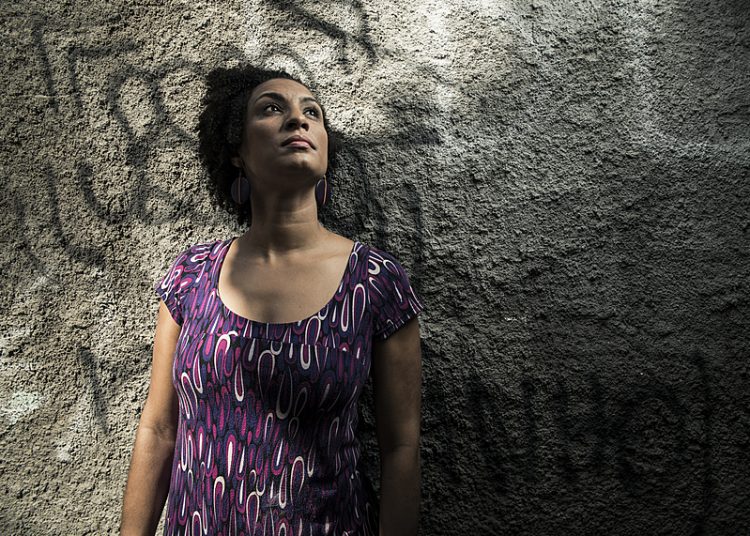The murders of Marielle Franco and Andeson Gomes made March 14 a national day to fight for justice. For six years, we've been asking the same question: who is behind Marielle's murder and why?
There is a lot of speculation, a plethora of rumors, and a network of fake news when the topic under discussion is Marielle’s death. The institutional instability surrounding the investigation contributed to the current scenario of uncertainty. Since the crime occurred, in 2018, there have been successive and unexplained changes in the name heading the investigation: there have already been three groups of prosecutors in charge of the case at the Rio de Janeiro Public Prosecutor's Office. In the Civil Police, five police chiefs have already led the investigation.
It all happened while we had a president whose political cradle is Rio de Janeiro and whose family connections to militias are widely known. A former president whose neighbor, Ronnie Lessa, is the murderer who shot at least 13 times in the car where Marielle was.
Ronnie Lessa was a military police officer who was part of the Rio de Janeiro Special Operations Battalion. He is known for being a skilled shooter and having links with the so-called “Hate Office", a group of paid killers formed by militiamen. Another man involved in the crime is former military police officer Élcio Queiroz, who was driving the cloned silver Cobalt used to ambush Marielle and Anderson.
One of the men pulled the trigger, the other drove the car. Both confessed to the crime and are being held in Brazil’s federal penitentiary system, awaiting a trial by jury, which has yet to take place. The admissions to the crime came as part of plea bargain agreements signed by the perpetrators. Ronnie Lessa's – the most recent agreement signed – took place in December 2023.
He named Domingos Brazão as the alleged mastermind of the crime. Brazão is an advisor for the Court of Auditors of Rio de Janeiro (TCE-RJ) and had already been denounced in 2008 by former federal deputy Marcelo Freixo during the Militia Parliamentary Commission of Inquiry, also known in Brazil as “CPI das milícias”. At the time, Brazão was a parliamentarian. Marielle worked with Freixo for a decade before becoming one of Rio’s city councilors.
But Ronnie Lessa's plea bargain has still not been approved by the courts and nothing has been officially proven yet. After the accusation was made public, Lessa's neighbor – Brazil’s former president and defender of militias – hastened to declare he was relieved not to have been named as the mastermind of the crime.
The reality is that we still have no answers, and Brazil remains a very dangerous country for those who, like Marielle, defend human rights and stand up to the powerful. A report by Amnesty International points out that we are the fourth country in the world with the highest number of murders of human rights and environmental defenders.
The murders of Sister Dorothy Stang, Chico Mendes, Bruno Pereira, Dom Philips, Marielle Franco and many other activists are a portrait of a Brazil that has failed to protect people who defend human rights and the environment. In Marielle’s words, how many more have to die so that we can end this war?
*Luciana Genro is a state deputy (PSOL-Rio grande do Sul state) and the president of the Lauro Campos and Marielle Franco Foundation.
** This is an opinion piece and does not necessarily express the editorial line of Brasil de Fato.




